
Why rebrand after a decade? I’ll answer that in a moment. But first, let me rewind.
I’ve worked on every version of Pathwright’s brand for the last 11 years. Even back when we were called Coursebook! In retrospect, updating our name to Pathwright in ’12 was the most clarifying brand change we’ve ever made.
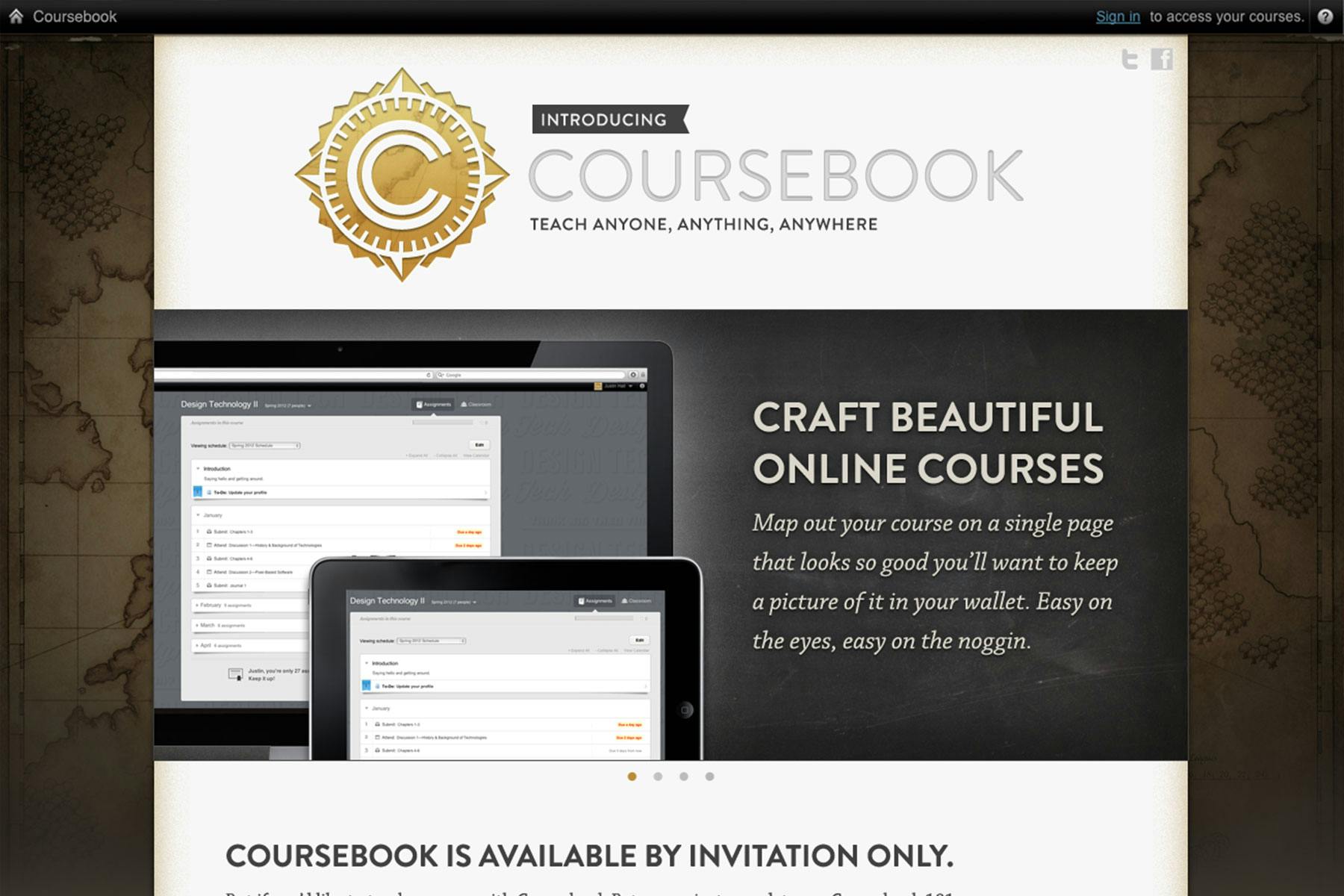
But lately, I haven’t felt the clarity. So I’ve been drawing new logos for Pathwright for a couple years. But none of them stuck. We knew it was time to refresh, but I didn’t have the guiding star that tells you where and where not to go with. A brand needs a big idea.
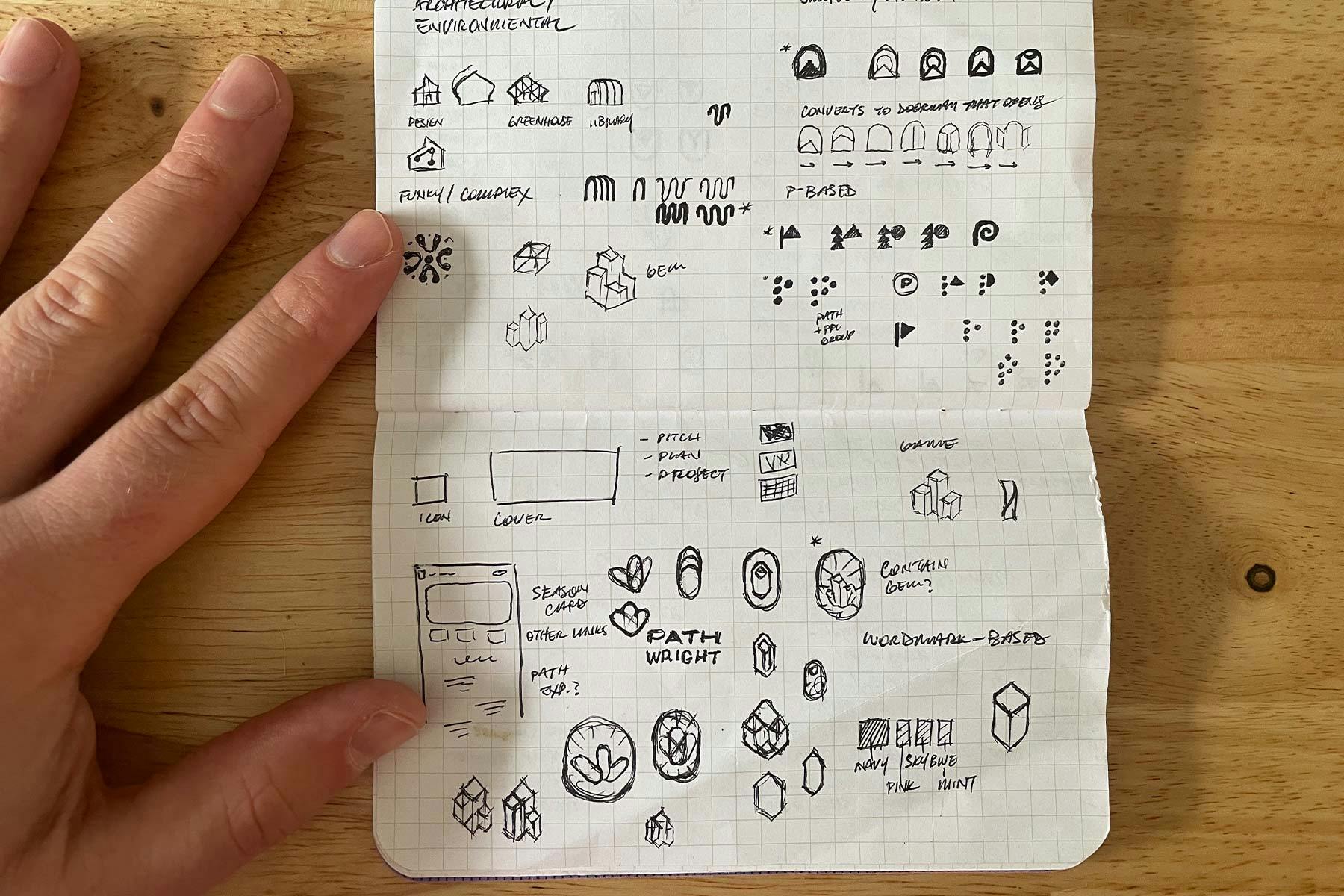
I started chasing the next big idea in earnest late last year. ’21 was a special year. I got to see so many thoughtful and creative customers use Pathwright in delightful, wholly unexpected ways. They’d moved beyond our brand’s academic adventure tone to innovate within academia and far outside it. So I made it my goal for our brand to follow them. I think none of my previous sketches stuck because they were all about us—a mistake.
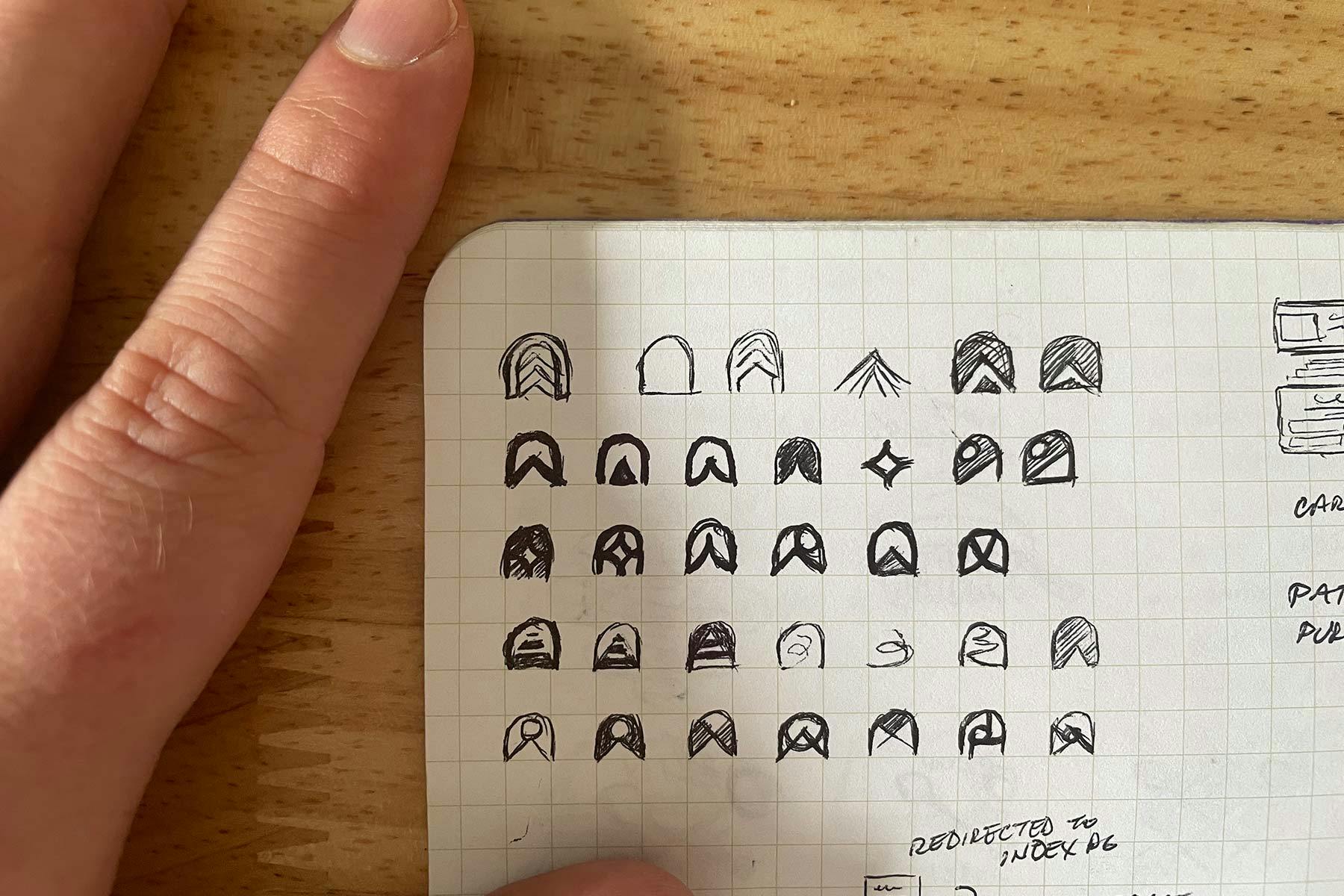
I adjusted to follow the universal thing we and every one of our customers have in common: Paths. Paths are the core of Pathwright. Making a path with Pathwright should turn a task, program, or topic into something as simple to use as a road in front of you. But, of course, the thrills don’t come just from making a path. Like a road, paths are meant to be travelled!

But what about the folks behind the paths? I set out to follow our customers. After all, they’re who we made up the word “pathwright” for. That silent “w” makes all the difference, as do the makers behind every path.
Then a funny thing happened on the page as I sketched. If I rounded the silent “w” in “Pathwright”, it looked an awful lot like a winding path.
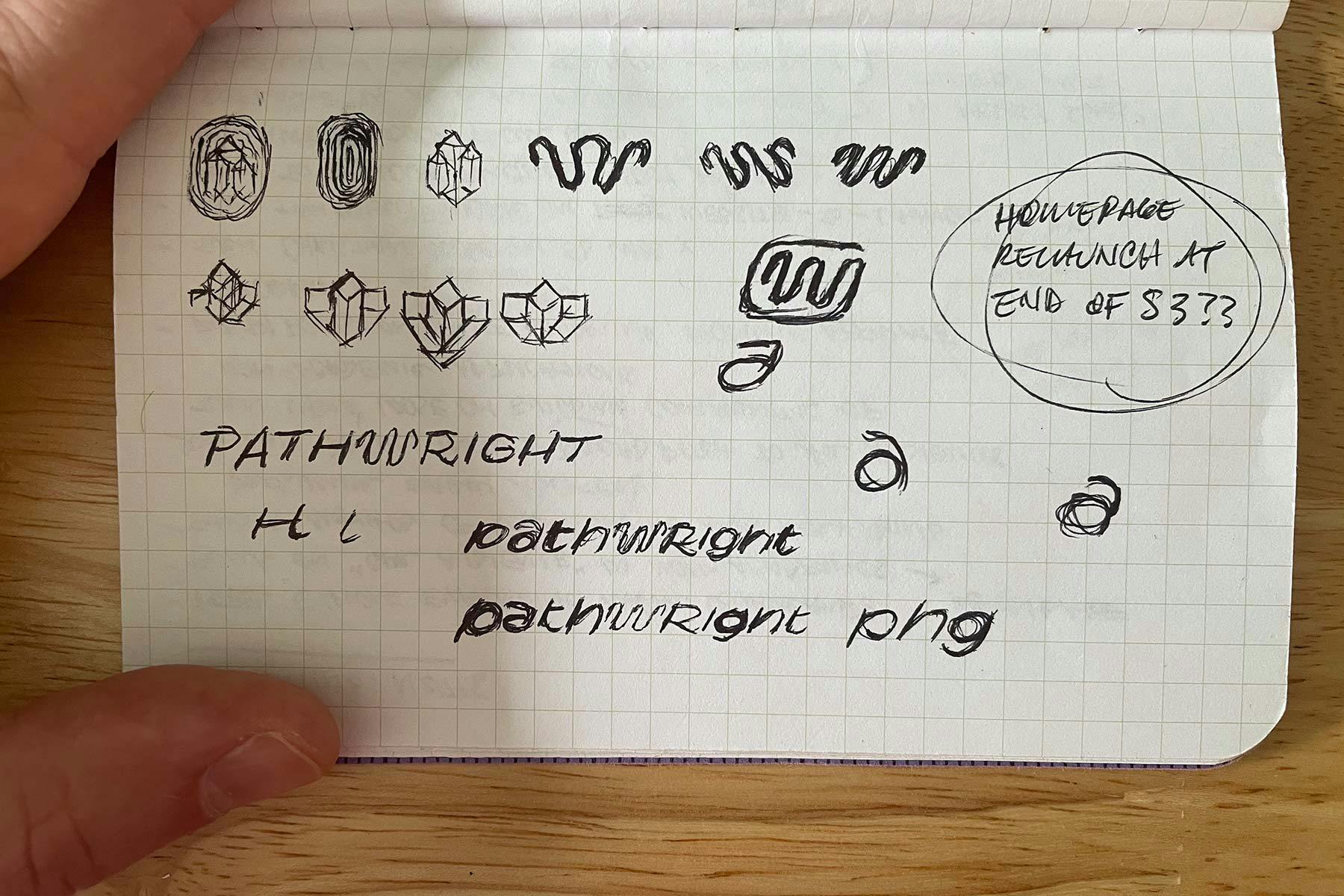
With simple lines and half circles, I had a logo, one that let me emphasize what Pathwright is for and who it’s for at the same time.
People who make paths made them long before they picked up Pathwright. They’re the “who” at the center of Pathwright, not us. We think they deserve the best possible tools, which is what we hope we’re making with every update. Great tools don’t replace craftspeople; they multiply every ounce of their effort.

A logo needs a word and a color. After tossing out dozens of fonts that didn’t fit, I drew the word myself. I can’t even tell you how many different r’s and p’s I drew. Dozens, definitely. Making the type myself was the only way to match the angle and tone of the logo. After spending weeks on it, I can say: Don’t go this route unless you have to. But in this case, it seemed like the only way.
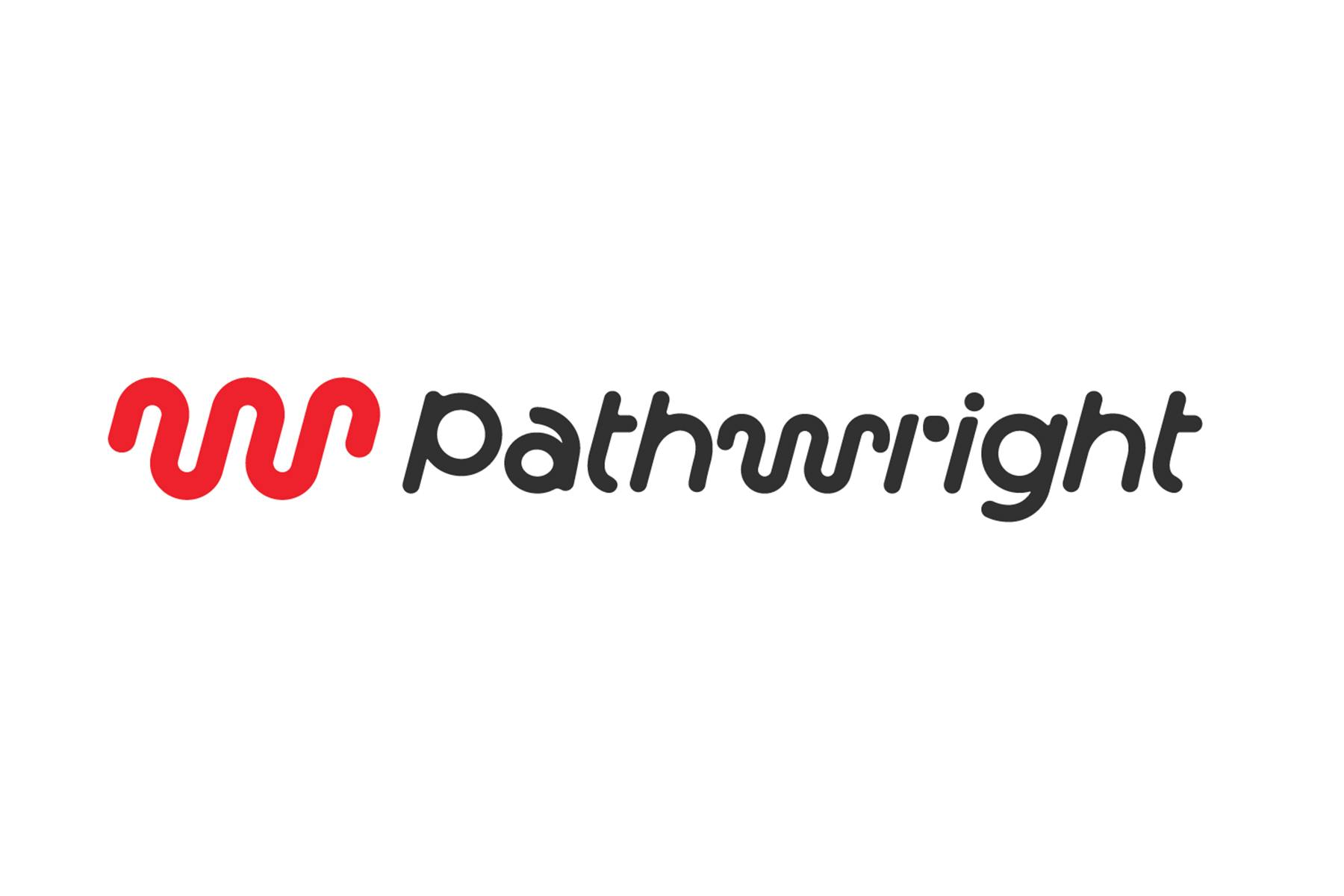
Then I added red. That’s a big change after eleven years of gold. Why red? A few reasons.
Red, black, and white remind me of Swiss Modern, the style of choice for saying more with less. Pathwright exists on the increasingly crowded, complex internet. We’re saying “simplify” about more and more challenges these days.
Red also makes me think of high performance, like a race car. If you’re looking for the best designed, most powerful tools for making paths, you’re looking for Pathwright.

Red could be a spark of understanding that grows into a flame when you have someone to show you the path. Red signals heat.

For us? Red helps us, a group who puts a lot more time into our work than into talking about it, use our outside voices. Important things are good to be loud about. Red is undeniably the best color for speaking up.
So why rebrand after a decade? Because we understand things better than we used to. And we see where you want to go—where you’re already going!—more clearly.
And we know the most important thing we can do is make a Pathwright that goes with you.

I've talked about my work a lot in this article. But nothing to come out of a team is a solo effort. Big thanks to Mark and Paul Johnson for helping me shape these ideas, and to Lindsay Ramler and her team who took my Figma files and made a real website out of them. In the end, it took our whole team.

If you'd like to design a course, we invite you to try out Pathwright for free.
You can also send questions, comments, or topic suggestions our way on Facebook, Twitter, or Instagram or email lydia@pathwright.com. We'd love to hear from you!
Using Pathwright is dead simple and doesn’t cost a thing until you’re ready to launch a path.
Get startedTopics in this article

